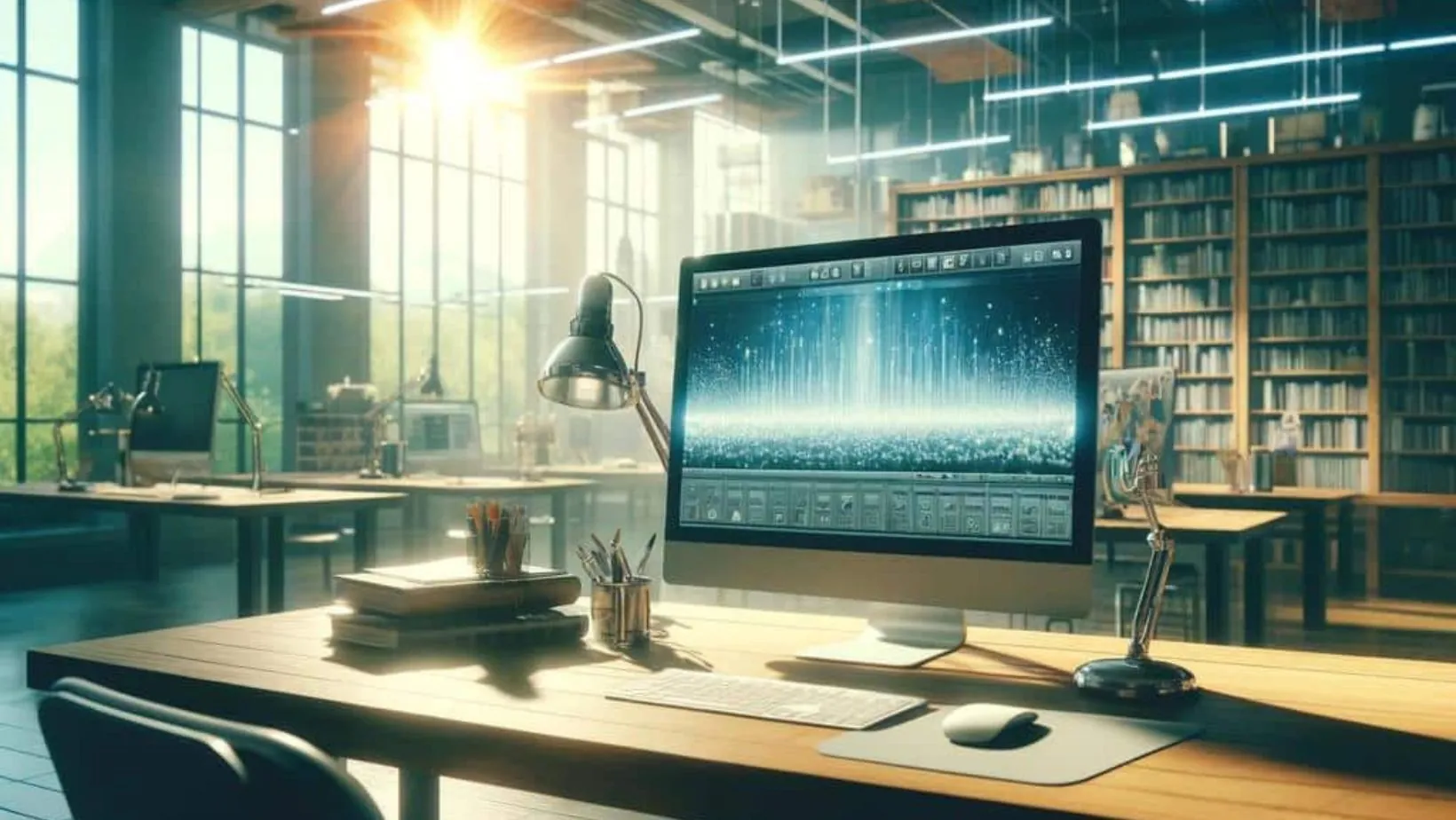Building an effective sound effects library for film and video games is an intricate process, requiring a balance of creativity, technical proficiency, and attention to detail. Sound effects are vital to the immersive experience of both media, helping to establish mood, enhance storytelling, and guide the audience’s emotional journey. Whether for the epic moments of a film or the engaging gameplay of a video game, a well-constructed sound effects library can elevate the experience to unprecedented levels. You can learn more on this with Pro Sound Effects but in the meantime, here are some key considerations to keep in mind when building a sound effects library.
1. Understanding the Project’s Context
The first step in creating a sound effects library is understanding the specific requirements of the project. The context and purpose of the film or video game will significantly influence the types of sounds you need to capture and create.
- Genre and Theme: A horror film will require different sound elements (creepy footsteps, eerie whispers, distant moans) compared to an action-packed blockbuster (explosions, car chases, gunfire). Similarly, a fantasy video game might need a mix of magical sounds and mythical creatures, whereas a sci-fi game could require futuristic soundscapes.
- Soundscapes: Understanding the world of the project is crucial. For example, a post-apocalyptic game may need desolate, empty sounds to reflect the environment, such as wind, broken glass, or the distant hum of damaged machinery. Conversely, a thriving, bustling city in a video game or film would need a variety of traffic sounds, crowds, chatter, and more.
- Specific Needs: For video games, consider gameplay mechanics and how sound is integrated into interactivity. In addition to static environmental sounds, you will need to account for dynamic sounds that react to player actions—footsteps changing on different surfaces, weapon sounds, and ambient noises that adapt to the game’s progression. In films, on the other hand, the soundtrack will largely drive the emotional tone, and sound effects will play an essential but supporting role.
2. Sound Design and Variety
A well-rounded sound library should consist of a broad variety of sounds to cover a multitude of scenarios. Variety is crucial because sound effects in both film and video games need to convey different actions, reactions, and atmospheres.
- Basic Sound Categories: The library should include, at a minimum, the following categories:
- Ambiences: These are background sounds that establish the environment, such as wind, traffic, wildlife, or crowds.
- Foley: Foley sounds are specific to human interactions—footsteps, clothing rustling, breathing, and hand movements.
- Weaponry/Combat: For action sequences or games, weapon sounds (gunshots, sword clashes, explosions) are vital.
- Vehicles and Machines: Whether it’s a car revving, an airplane soaring, or machinery operating, these sounds help shape the reality of the world.
- Nature Sounds: These include animal sounds, weather effects (rain, thunder), and natural occurrences (earthquakes, waves).
- Special Effects: This covers things like magical sounds, electronic beeps, or futuristic blips for sci-fi films and games.
- Range of Variation: Within each category, aim to capture a broad range of variations. For example, footsteps can vary by surface (gravel, wood, metal, sand), or explosions can differ depending on size, distance, and environment (city, forest, cavern). This variety ensures the sound designer has enough options for different situations and contexts, and it helps avoid repetition, which can break immersion.
3. Recording Quality
The quality of the sound recordings is paramount. High-quality sound captures provide a better foundation for editing and manipulation in post-production. Poor recordings can introduce noise, distortion, or unwanted artifacts, which can undermine the impact of the sound effects.
- Microphone Choice and Placement: The microphone choice and positioning are crucial in capturing the true nature of the sound. For instance, to capture the full depth of an explosion, multiple microphones may be needed at different distances. To capture subtle details like footsteps or rustling fabric, a more sensitive and directional mic could be ideal.
- Environment and Isolation: Record in a controlled environment, avoiding external noises or unwanted interference that could affect the clarity of the sound. Using high-quality microphones in soundproof rooms or outdoor locations is essential to achieve professional results.
- Recording Equipment: Using industry-standard equipment, such as field recorders (e.g., Zoom H6 or Sound Devices recorders), high-end microphones (e.g., shotgun microphones, lavaliers), and proper windshields or dampeners, ensures the best sound capture.
4. Organizing and Categorizing the Library
Organization is key when building a sound effects library. A disorganized library will quickly become unmanageable, especially as the collection grows. Proper categorization makes it easier to locate specific sounds when they are needed, streamlining the sound design process.
- File Naming Conventions: Adopt a consistent and clear naming system that includes information such as the type of sound, its source, and its variations. For instance, “Footsteps_Wood_Heavy_1” or “Explosion_City_Distant” makes it easy to identify and sort sounds.
- Folder Structure: Create a folder structure that mirrors the categories mentioned earlier (e.g., Ambiences, Foley, Weapons, etc.). Within each folder, you can further subdivide sounds by type or scenario. For example, under “Ambiences,” you may have subfolders for “Urban,” “Nature,” and “Indoors.”
- Metadata: Embedding metadata into each file (e.g., sample rate, bit depth, recording date, and usage rights) can improve organization and legal compliance, especially for large-scale productions or commercial libraries.
5. File Formats and Resolution
When creating sound effects for film or video games, the file format and resolution are important considerations. High-fidelity audio ensures the sounds are professional and suitable for various applications.
- File Format: WAV and AIFF are the most common uncompressed formats, offering high-quality sound with no loss in fidelity. MP3 and AAC are compressed formats suitable for casual or online use but should be avoided for professional sound design, as they introduce artifacts.
- Sample Rate and Bit Depth: For professional film and video game projects, the industry standard is 48kHz sample rate and 24-bit depth. This provides a balance between quality and file size, ensuring that the sounds remain clear and detailed during the production process.
6. Licensing and Legal Considerations
For sound libraries that will be distributed, whether commercially or to other creators, ensuring that all sounds have the proper licenses is crucial. This includes both recording rights and distribution rights.
- Original Recordings: Ensure that all sounds in the library are either recorded by you or you have obtained explicit permission to use them.
- Third-Party Libraries: If you are incorporating third-party sounds, make sure to properly license them or ensure they are royalty-free. Keep detailed records of all licensing agreements to avoid any legal complications.
7. Editing and Post-Processing
Once the sound effects are recorded, editing and processing come into play. This is where the sound effects are polished and tailored to the project’s needs.
- Cleaning Up: Remove unwanted background noise, hums, and other artifacts using audio editing software like Pro Tools or Audacity.
- Equalization and Compression: Use EQ to adjust the tonal balance and compression to control dynamic range. These effects can help ensure that the sound fits seamlessly within the film or game’s audio mix.
- Layering and Staging: Sometimes, multiple layers of sound effects are combined to create more complex and rich sounds. For example, a gunshot might consist of several layers: the sound of the gun firing, the bullet whizzing by, and the impact or ricochet. In video games, sound events might trigger dynamic changes based on player interaction, further altering the mix in real-time.
8. Testing and Refining the Library
Finally, always test the sounds in context. Play them within the film or game to evaluate their impact and suitability. Refining sound effects often requires making adjustments based on how they interact with the other elements in the mix—dialogue, music, and the overall environment.
- Contextual Adaptation: Ensure that the sounds work in different scenarios. For example, does the door creak sound as effective in a horror scene as it does in a comedic sequence?
- Feedback: Gather feedback from the team, including sound designers, directors, or developers, and adjust accordingly.





